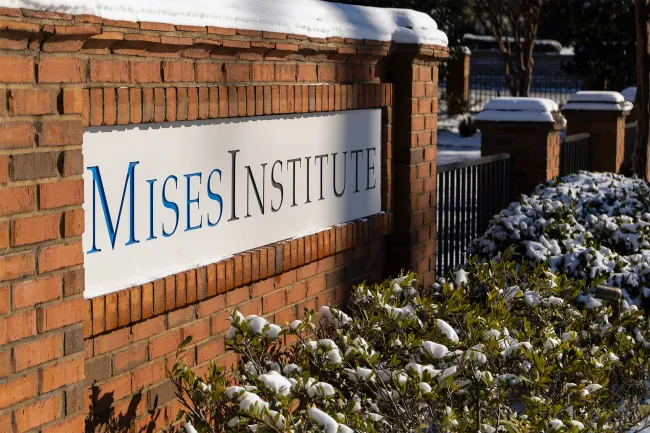Jim Walker (an Austrian economist with the bank CLSA is reportedly forecasting another Asian crisis (Note: the Sydney Morning Herald requires registration to read the article, registration is free). (See also this in-depth study by Walker and others, although it is about 1 year old).
The New York Times pipes in with Investment Bubble Builds China. Walker notes rapid wage inflation and high-end consumption, which he traces to the Chinese central bank. In order to maintain its currency peg with the US$, it must intervene in the currency market, purchasing dollars and selling Yuan to keep the Chinese currency from rising against the dollar. It cannot borrow enough savings from within China to support this intervention, so the difference is made up by inflating:
All these, Walker says, point to China coming to the late stage of its frenetic economic cycle, one characterised by massive oversupply of a currency so long pegged to the US dollar its holders treat it as the same.
Morgan Stanley economist Andy Xie describes the same process from a different angle: the waste of Chinese domestics savings as they are either spent on centrally planned infrastructure projects or loaned to Americans for consumption:
Across town at investment bank Morgan Stanley, its China-watching economist Andy Xie also sees an economic machine going at high speed towards a crash, similar to the meltdown that hit Asian economies in 1997.
“China is an export and investment-driven model and the connection between exports and investment is basically that the state banking system takes the money earned by exports and puts it into investment regardless of returns,” Xie says. “That model is likely to last until the crisis.”

